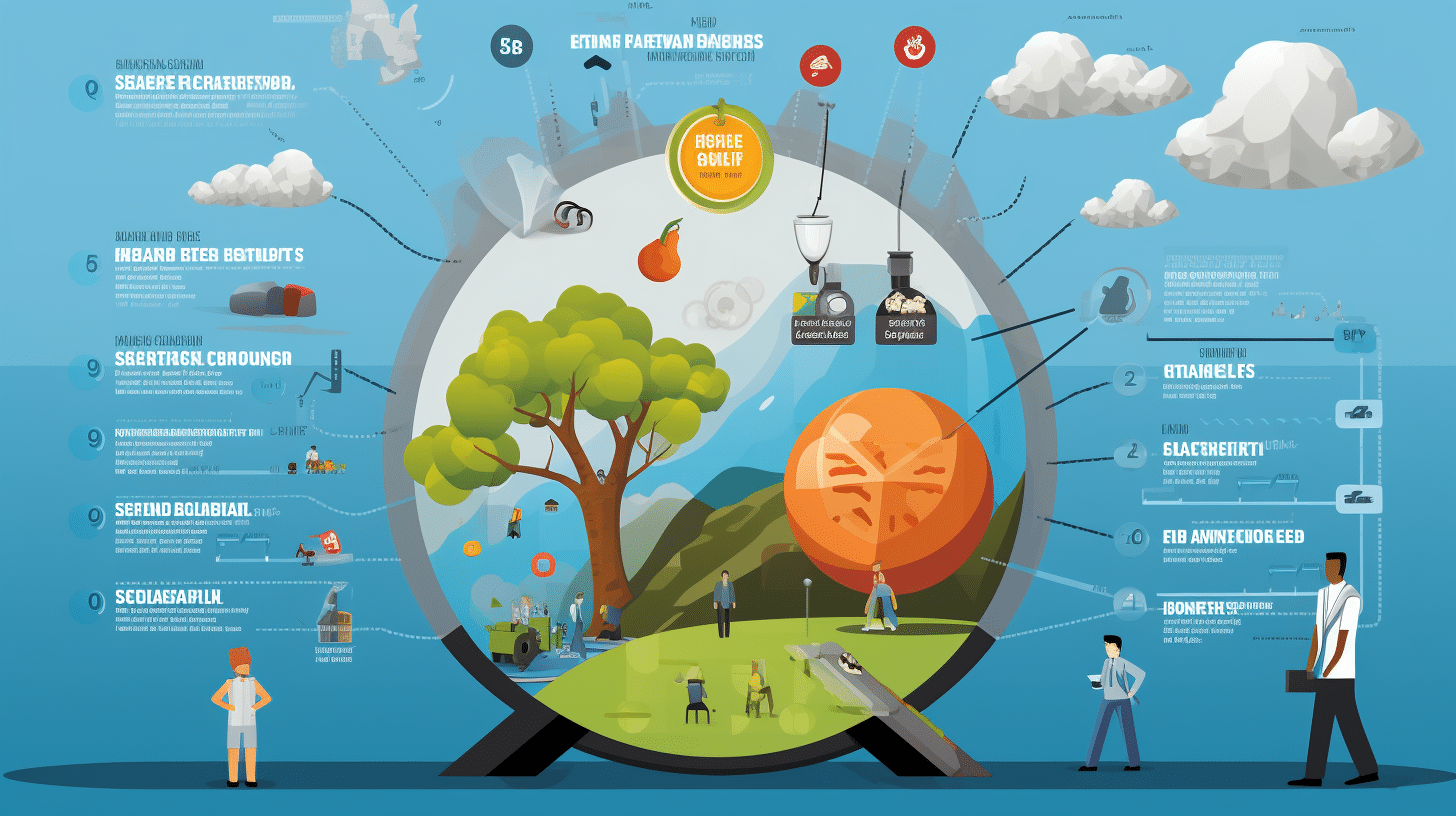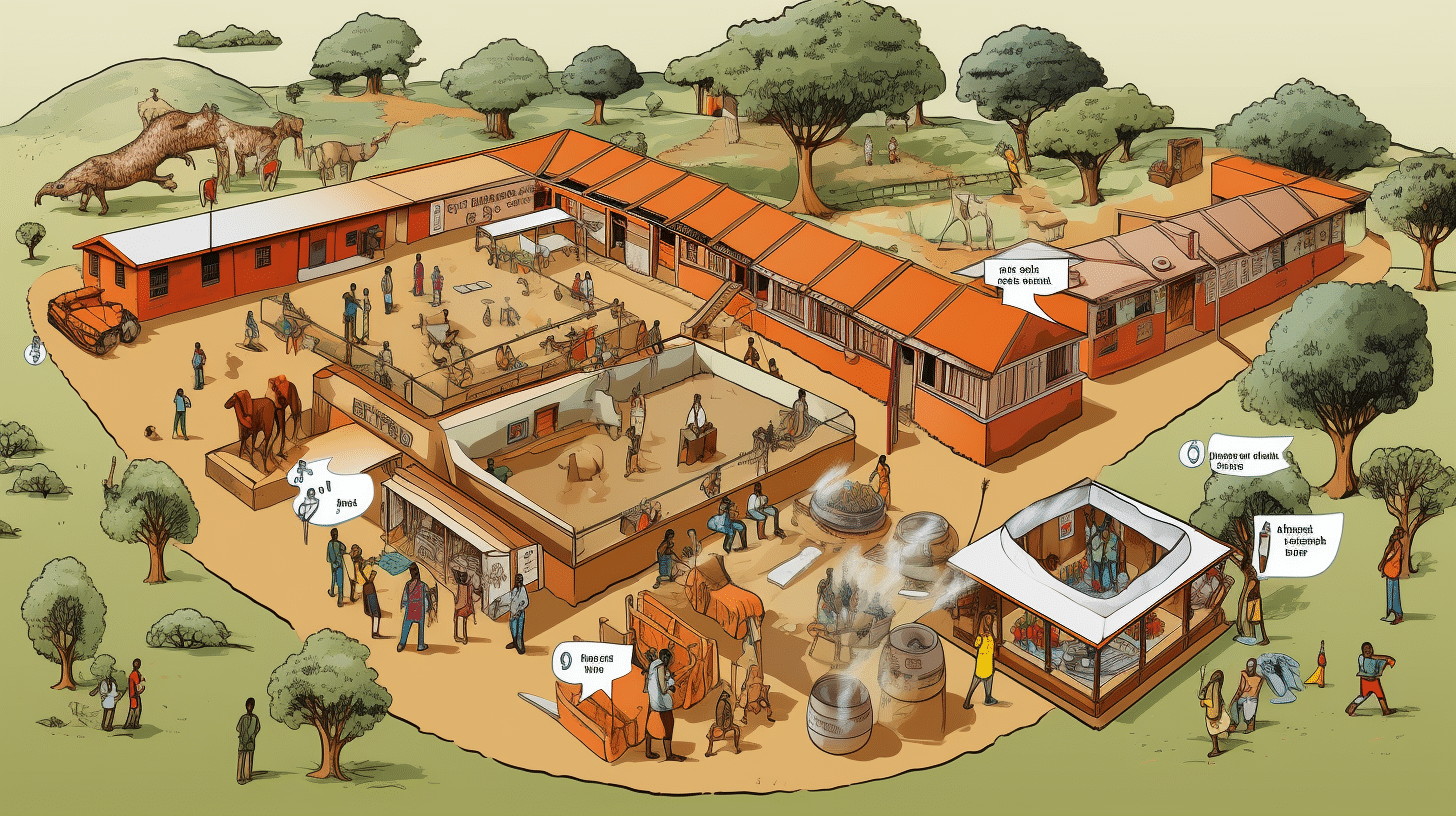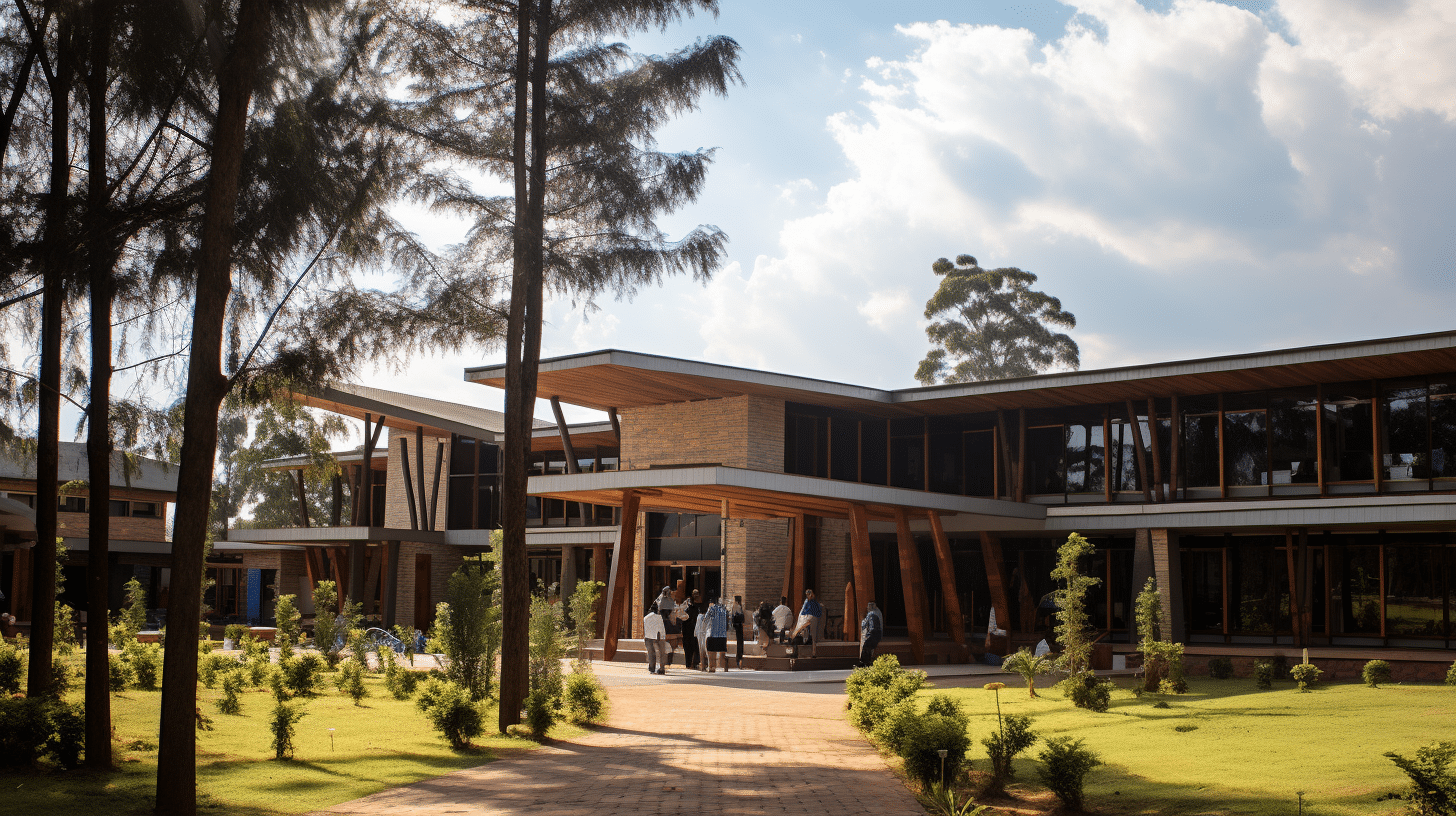Historical Background of Nursing Practice in Kenya.
Sep 20, 2013
Health & Fitness
25 Views
Historical Background
Historically the nursing practice in Kenya, just like anywhere else in the world, was performed on a tradition that sick people received care from female family members in their own homes. Therefore, it can be said that the family is the oldest and the most used health care delivery service in the world. Currently this approach to care provision is known as ‘family nursing’.
Florence Nightingale (1869) stated: “…it has been said and written scores of times that every woman makes a good nurse, but I believe, on the contrary, that the elements of nursing are all but unknown…”. She further stated: “It is well known that nursing exists to serve the society.”
As social conditions and health care needs change, the nurses’ roles and nursing practices continue to alter in response to these changes. Florence Nightingale is the founder of professional nursing. She initiated formal nursing training using a curriculum replacing apprenticeship.
Western medicine in Kenya was introduced with the arrival of missionaries in 1895. Doctors and nurses were brought from Britain and Europe. They trained dressers and assistants on the job. Later on they began to conduct basic training in missionary hospitals.
In 1949, a nurses, midwives and health visitors council was formed by an ordinance. In 1950, formal nursing training at enrolled and registered levels was started. The practice of nursing followed a medical model. The patient was nursed as fragments of diseased body parts using task allocation.
Task Allocation/Job Assignment.
This method of dividing duties was based on the industrial concept of division of labour. The patient was fragmented into a series of jobs assigned to different nurses of different grades. Thus a hierarchy of tasks and staff was created for patients. This resulted in a fragmentation and lack of continuity of care, with patients subordinated to the system rather than being central to it.
You may recall a practice in the wards whereby the most junior nurse was assigned sluice rooms, others observations, wound dressings, drug administration, specimen collection, theatre cases, doctors round and so on.
In the 1950s, nurse leaders in North America began to recognise that the development of nursing knowledge and practice must run simultaneously with research.
Florence Nightingale in 1859 wrote that nursing was more than the administration of medicine and application of poultices. This shows that Florence Nightingale had recognised that nursing needed a combination of both intellectual and practical skills.
In the 1960s to 1980s, many developments and changes in nursing took place stemming from the professional desire for innovation and change in practice. The nurses’ leaders felt that the patient was alienated from their own care, and that there was a need for improvements in nursing. Nurse leaders began trying to demonstrate that nursing was a profession with its own unique body of knowledge.
Virginia Henderson (1966) delineates the unique functions of the nurse as follows:
“…to assist the individual, sick or well, in the performance of those activities contributing to health or its recovery (or to peaceful death) that he would perform unaided if he had the necessary strength, will, knowledge. And to do this in such a way as to help him gain independence as rapidlyas possible.”
In the search for a unique body of knowledge, nurse theorists were using scientific methods to describe, explain and predict nursing practice and its outcomes. You must be wondering how these developments were reflected on nursing in Kenya?
In the 1960s and 1970s task allocation was exclusively practised in the context of hospital nursing. Task assignment is still practised when there is shortage of staff. During the said period, however, lots of changes took place in the health delivery system in Kenya.
Politically, independence was attained in 1963. The KANU manifesto declared its intention to fight what it saw as the three greatest enemies of development: poverty, illiteracy and disease. Within this context, health care had to be made available to the community. This led to the introduction of community health nursing training (KECHN) in 1966 at MTC Kisumu.
Midwifery training had already been introduced in the 1950’s at enrolled level, and at registered level in 1965. At the same time, expatriate nurses who were administrators of nursing services, and nursing educators were leaving the country at independence. In anticipation of gaps in training and skills, a Diploma in Advanced Nursing was started in 1968 at the University of Nairobi to prepare Nurse Educators and administrators.
The shift to community health nursing was to provide preventive and promotive health care service delivery.
Florence Nightingale (1867), states in her private notes, “my vision …is that the ultimate destination of all nursing is the care of the sick in their own homes …I look to the abolition of all hospitals and workhouse infirmaries. But it is no use to talk about the year 2000.”
Do you think this was a prediction of the global Primary Health Care Concept of ‘Health for all by the year 2000’?
Article source: https://www.zakenya.com/Health-and-Fitness/13-Historical-Background-of-Nursing-Practice-in-Kenya.html










